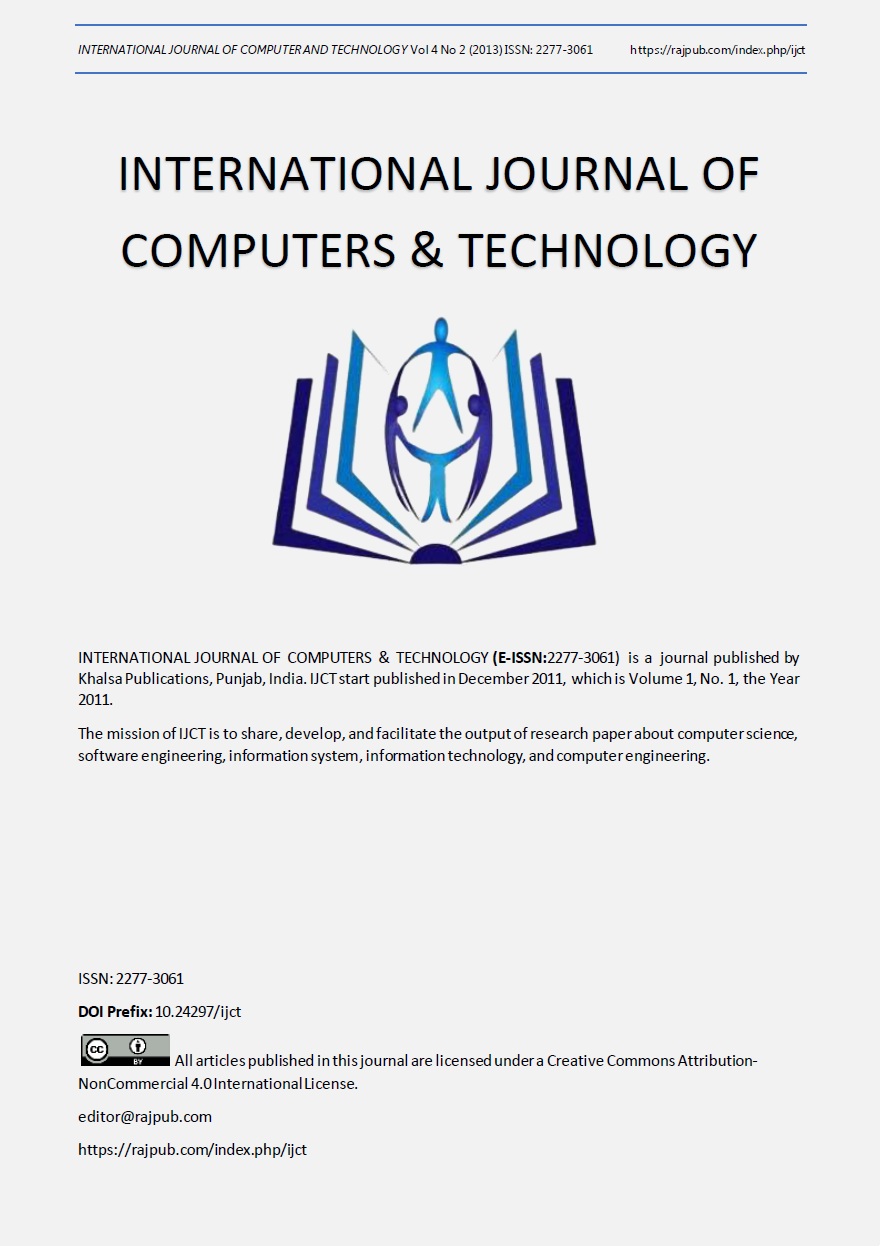Analysis of Load Balancing Techniques in Cloud Computing
DOI:
https://doi.org/10.24297/ijct.v4i2C2.4194Keywords:
Load Balancing Algorithms, Load Balancing Challenges Load Balancing in Cloud ComputingAbstract
Cloud Computing is an emerging computing paradigm. It aims to share data, calculations, and service transparently over a scalable network of nodes. Since Cloud computing stores the data and disseminated resources in the open environment. So, the amount of data storage increases quickly. In the cloud storage, load balancing is a key issue. It would consume a lot of cost to maintain load information, since the system is too huge to timely disperse load. Load balancing is one of the main challenges in cloud computing which is required to distribute the dynamic workload across multiple nodes to ensure that no single node is overwhelmed. It helps in optimal utilization of resources and hence in enhancing the performance of the system. A few existing scheduling algorithms can maintain load balancing and provide better strategies through efficient job scheduling and resource allocation techniques as well. In order to gain maximum profits with optimized load balancing algorithms, it is necessary to utilize resources efficiently. This paper discusses some of the existing load balancing algorithms in cloud computing and also their challenges.Downloads
Download data is not yet available.
Downloads
Published
2005-11-30
How to Cite
Sidhu, A., & Kinger, S. (2005). Analysis of Load Balancing Techniques in Cloud Computing. INTERNATIONAL JOURNAL OF COMPUTERS &Amp; TECHNOLOGY, 4(2), 737–741. https://doi.org/10.24297/ijct.v4i2C2.4194
Issue
Section
Research Articles









